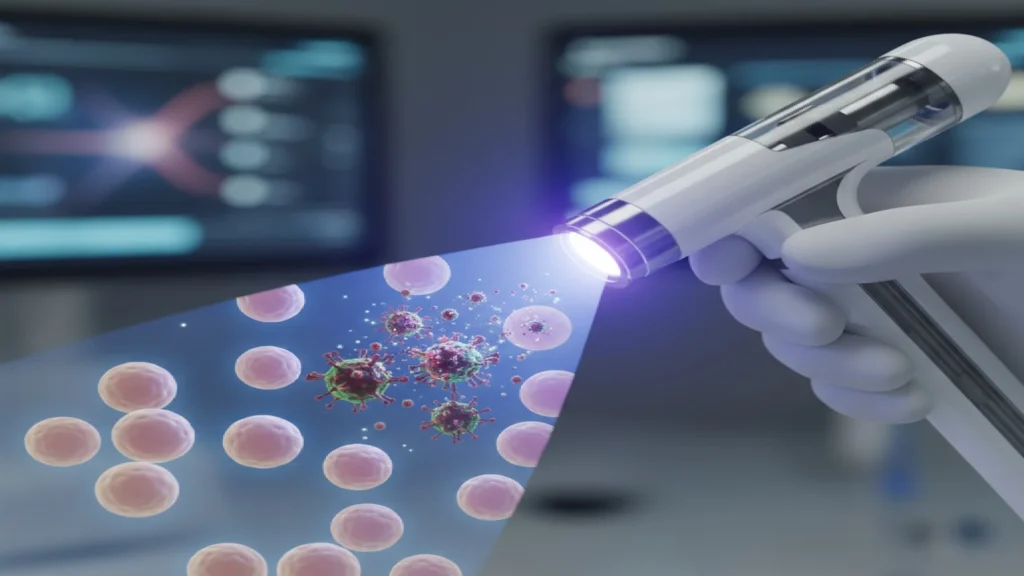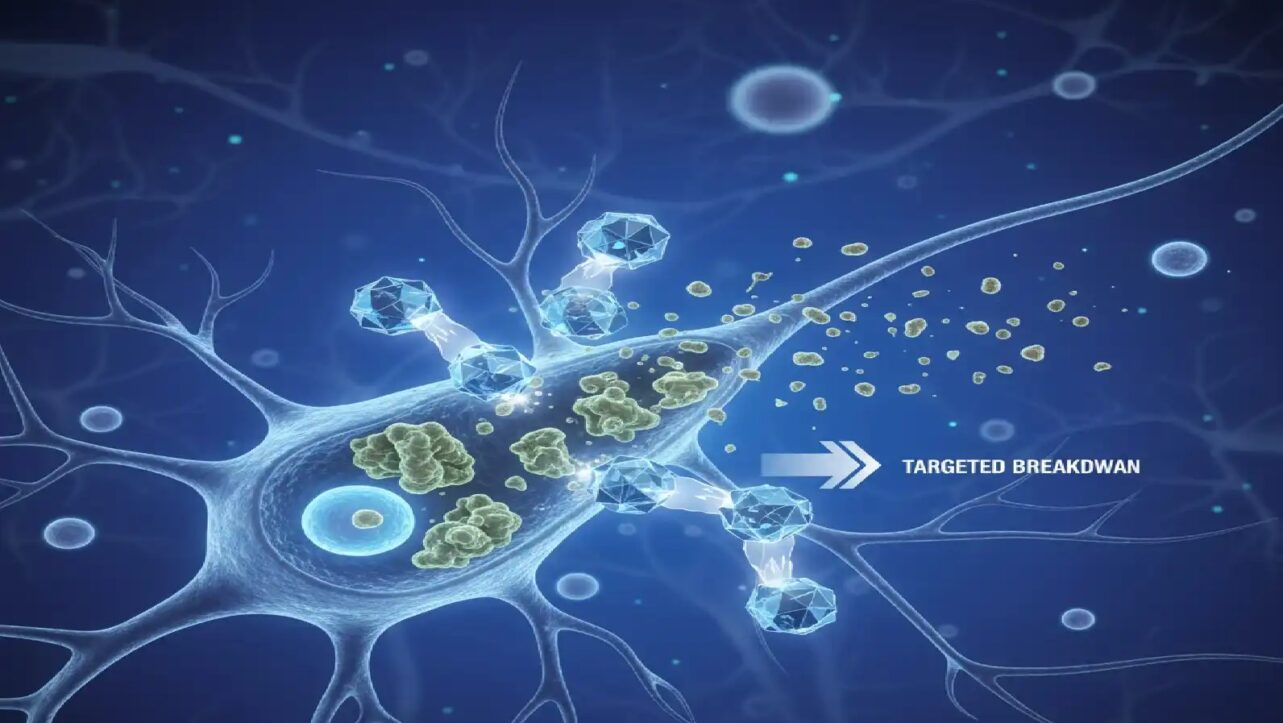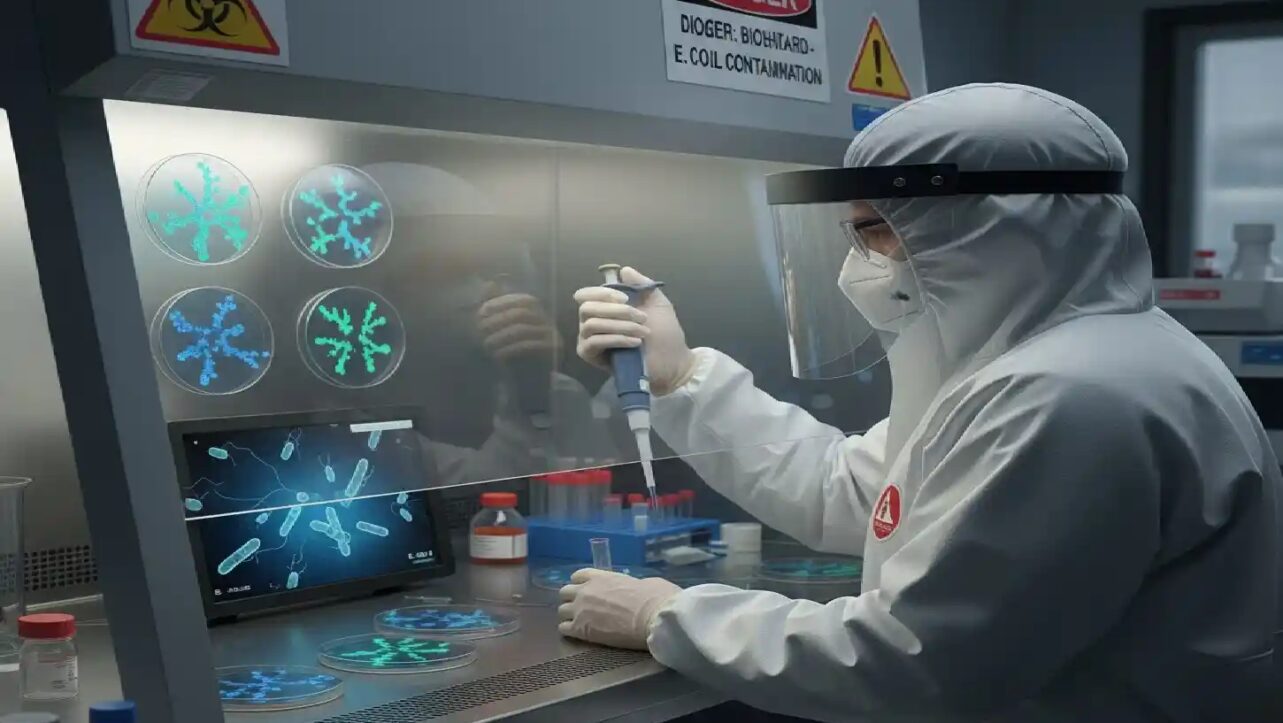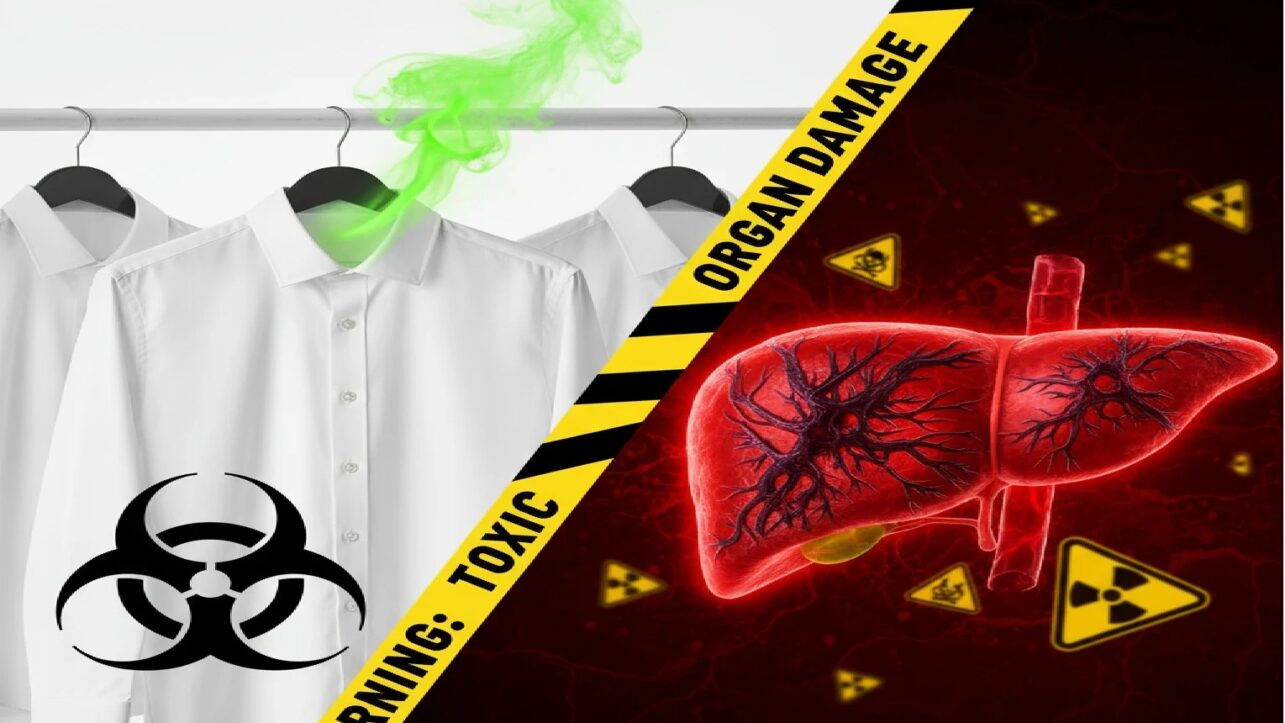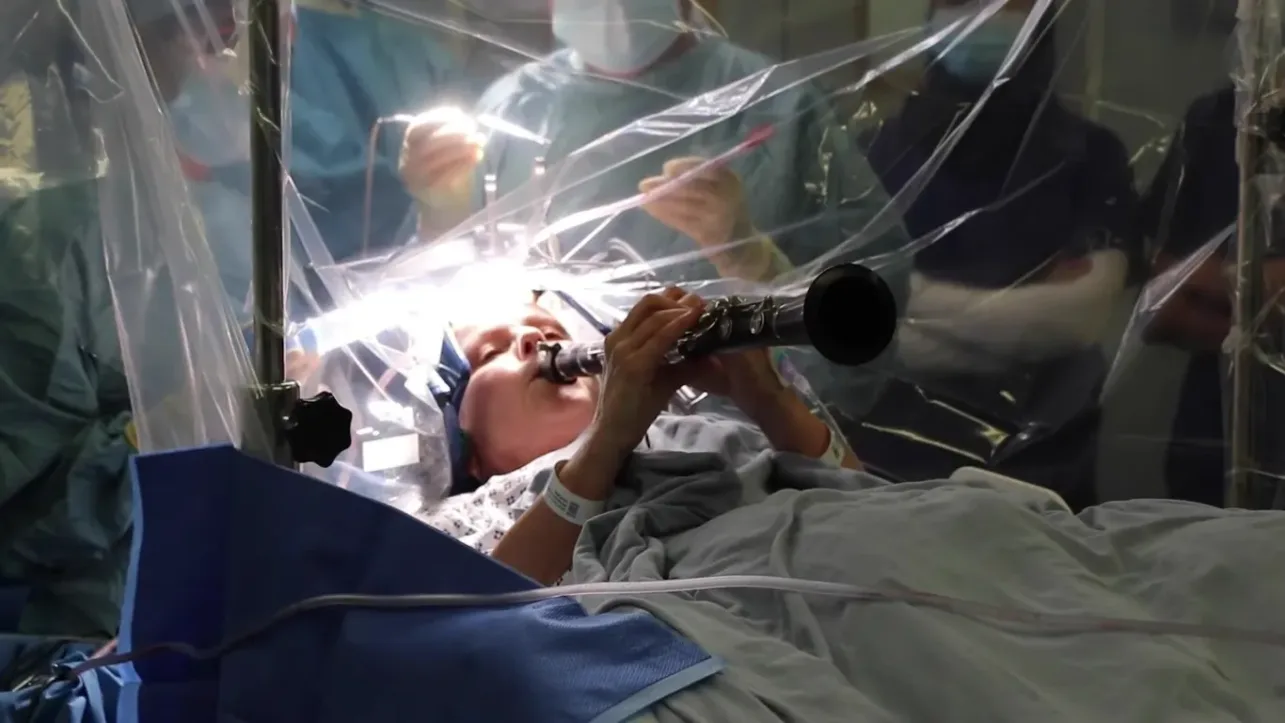Scientists from The University of Texas at Austin and the University of Porto in Portugal have developed a promising new cancer treatment that uses LED light combined with ultra-thin tin-based nanoflakes to selectively kill cancer cells while leaving healthy cells unharmed. This breakthrough offers a potential game-changer for cancer care, providing a less invasive, more affordable, and safer alternative to traditional therapies like chemotherapy and surgery.
The research, published recently in the journal ACS Nano, demonstrated remarkable effectiveness in killing colorectal and skin cancer cells in laboratory tests. After just 30 minutes of exposure to near-infrared LED light, the treatment destroyed up to 92% of skin cancer cells and 50% of colorectal cancer cells. Importantly, the nearby healthy human skin cells remained completely unharmed, highlighting the precision and safety of this approach.
How the Therapy Works
The key innovation lies in the use of tin-based “SnOx nanoflakes,” microscopic flakes that absorb LED light and convert it into heat. When applied to cancer cells, these nanoflakes generate localized heat that damages cancer cell membranes and proteins, effectively killing the tumor cells while sparing surrounding healthy tissue. This method is based on near-infrared photothermal therapy, which leverages the fact that cancer cells are more sensitive to heat than normal cells.
“We aimed to create a treatment that is not only effective but also safe and accessible,” said Jean Anne Incorvia, a lead researcher from UT Austin. By switching from powerful lasers to affordable and widely available LED lights, the team has made a significant leap toward making this therapy more practical for broader clinical use, including in regions with limited access to specialized medical equipment.
Benefits Over Traditional Cancer Treatments
Traditional chemotherapy, radiation, and surgery can cause severe side effects, including damage to healthy tissue, fatigue, and long recovery times. The LED-nanoflake therapy promises to minimize these complications by precisely targeting only cancerous cells. This method also opens the door for more comfortable outpatient or even home-based treatments, reducing hospital stays and healthcare costs.
Artur Pinto, the lead researcher from the University of Porto, envisions future portable LED devices that cancer patients could use at home. For instance, after surgical removal of skin tumors, such a device could be placed on the treated skin area to eliminate lingering cancer cells, lowering chances of recurrence.
Future Directions and Broader Applications
Building on this success, researchers are investigating how light and heat interact within cancer tissues to optimize treatment efficacy. They aim to explore other nanomaterials that could enhance targeting and heat generation. Additionally, the team is developing implants for breast cancer therapy using the same LED-nanoflake technology.
The collaboration is part of the UT Austin Portugal Program, which supports long-term partnerships between American and Portuguese research institutions. This global teamwork accelerates advancements in accessible and affordable cancer care solutions.
This revolutionary LED-based therapy holds promise to transform cancer treatment worldwide, especially by offering safer, less invasive, and cost-effective options. With further research and clinical trials, this approach could become a widely adopted standard, improving outcomes and quality of life for millions of cancer patients.

